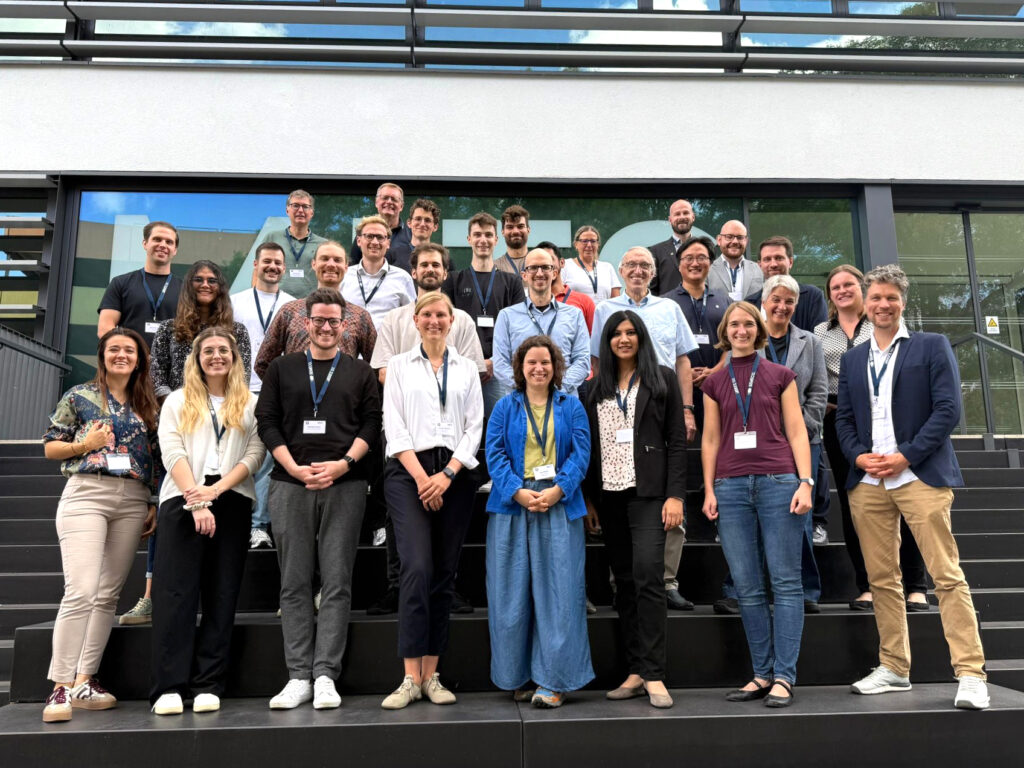New ESMO Guidelines: Safe use of large language models in oncology
Medical technology requires a reliable approval process, which, however, also takes longer and longer due to the increasing complexity of the systems. Patients, though, want to be able to use innovations in medical technology for themselves as quickly as possible, as they are accustomed to doing with electronic lifestyle and wellness products. Beyond these lifestyle and wellness products, the integration of microelectronics, sensor technology and microactuators offers revolutionary opportunities for medicine, which are, however, hardly used due to a hitherto irresolvable contradiction between increasingly complex systems and functional requirements on the one hand, and increasingly demanding but traditional regulatory requirements on the other. This broken innovation cycle has serious consequences for patients, endangers the future of the German medical technology industry and gambles away an important future market for the semiconductor and microsystems technology industry. As in other industries, there is an acute risk of Germany losing its innovation leadership in medical technology. Through inherently secure system architectures and by means of design-immanent AI-assisted regulation, SEMECO (“Secure Medical Microsystems and Communications”) aims to overcome this innovation backlog through an academic-industrial ecosystem for secure highly integrated cyber-medical microsystems. For this, SEMECO offers ideal conditions at the academically and industrially leading European location for microelectronics, communications engineering and explainable AI. Based on industry collaboration with the Else Kröner-Fresenius Center for Digital Health and the 5G++Lab Germany of the TU Dresden as well as the Barkhausen Institute, revolutionary smart medical instruments and implants will be made possible through novel integration of sensors, actuators and information processing.
In the fall of 2021, the idea will finally enter the six-month conception phase, in which a joint research and innovation strategy will then be developed on an interdisciplinary basis.





